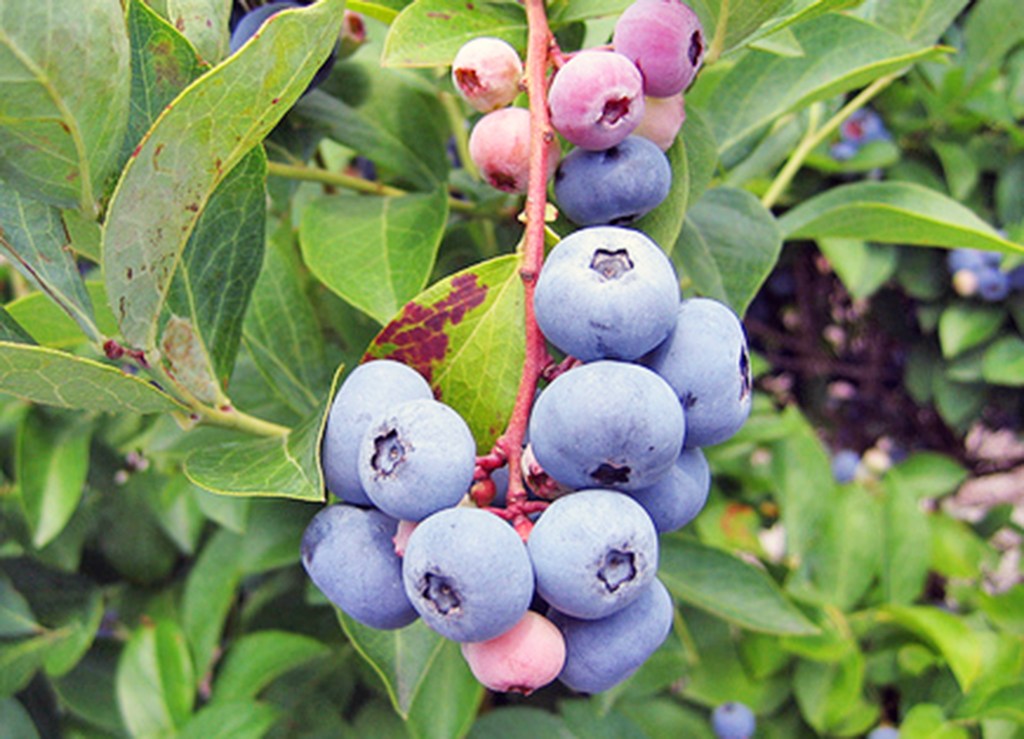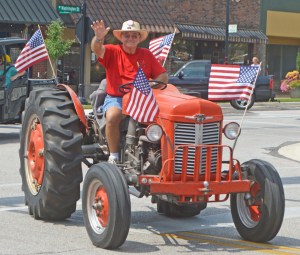Consider edible landscaping in your fall planting
Published 5:15 am Wednesday, September 6, 2017

- Blueberry trees can be a welcome addition to any landscape, but Rabbiteye Blueberry is the variety recommended for North Alabama's climate.
Every fall, homeowners around the south begin planning landscape projects. After all, fall is the best time to plant trees and shrubs.
During this time of year, there is far less stress on plants. Plants can become established much easier when planted in the fall rather than any other time. Another plus of working outdoors now is it is so much easier on the gardener.
Trending
The first step in any landscape project is planning. Without planning, good intentions can become a nightmare later. Placing the right plant in the right place is a cardinal rule in horticulture. Placing an oak tree under power lines does not make any sense.
Research the plants you like, and determine the current conditions where the work will take place. Is it sunny? Is the soil compacted? Will I need to irrigate? All of those questions should be answered.
If a landscape project is a possibility, why not make it an edible landscape? Not only can it be aesthetically pleasing but also tasty. Edible landscapes are becoming more popular.
What is an edible landscape? It is simply designing a landscape using edible plants. Small fruits, herbs, annual flowers and tree fruits are all examples of plants that not only contribute to the landscape with their beauty but also their bounty. Depending on the plant need, there is probably an edible plant that can fit that need. If you are looking for just a little color in the flower beds look no further than Pansy, Dianthus, viola, Anise hyssop, Bachelor’s button, Bee balm, Daylily, Dandelion and Nasturtium. These are annuals, perennials and some are even considered weeds whose flowers are edible. For a more in-depth list, visit the website provided below.
If a shrub is what is needed, there are several options as well. One of the most popular is blueberries. Blueberries grow extremely well in Alabama as long as you select the correct type of blueberry plants. For North Alabama, the only blueberry type recommended is the Rabbiteye Blueberry. Rabbiteye blueberries are different from a Northern or Southern high bush blueberry plants. Within the rabbiteye type, there are several varieties to choose from (Yadkin, premier, climax, tifblue, centurion, etc.). Note: More than one of these varieties is required to produce blueberries. But that’s a story for another day.
Additional shrubs that provide edible features are roses (blooms), Rose of Sharon (blooms), blackberries, pomegranate, figs, jujube, etc. These all offer great aesthetically pleasing blooms and also add different textures to the landscape.
Trending
Edible vines can also be selected to cover fences, arbors or even pergolas. Our native muscadines do great at covering structures or taking over if left unchecked. Bunch grapes or ‘wine grapes’ can also be used but are more disease-prone.
Trees selected for the edible landscape are probably the most well-known out of the categories above. Peaches, apples, plums and pears are beautiful when blooming. The pruning of these fruit trees does not always leave you with the best-shaped tree, but for what the outcome is, it is well worth it. If shade is what you’re after, think about pecans or walnuts. These are very large trees and will also provide those wonderful nuts. Who says the landscape only has to be about beauty? Make it about bounty, too.
— For information on topics related to the home and garden, contact any office of the Alabama Cooperative Extension System. The Limestone County Office is located at 1109 W. Market St. in Athens. Office hours are 8 a.m.-4:30 p.m. Monday through Friday. For more information, call 256-232-5510 or visit www.aces.edu.






